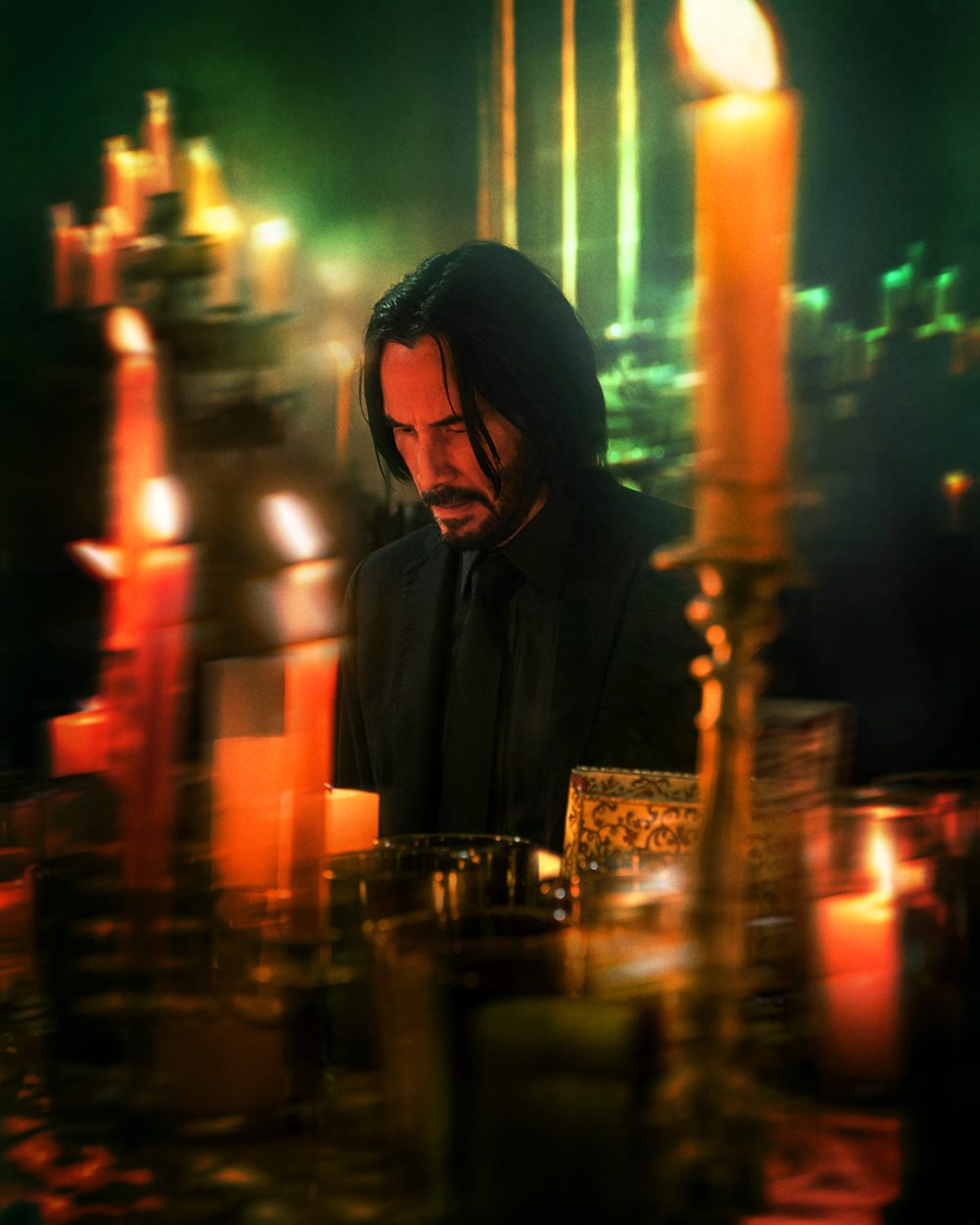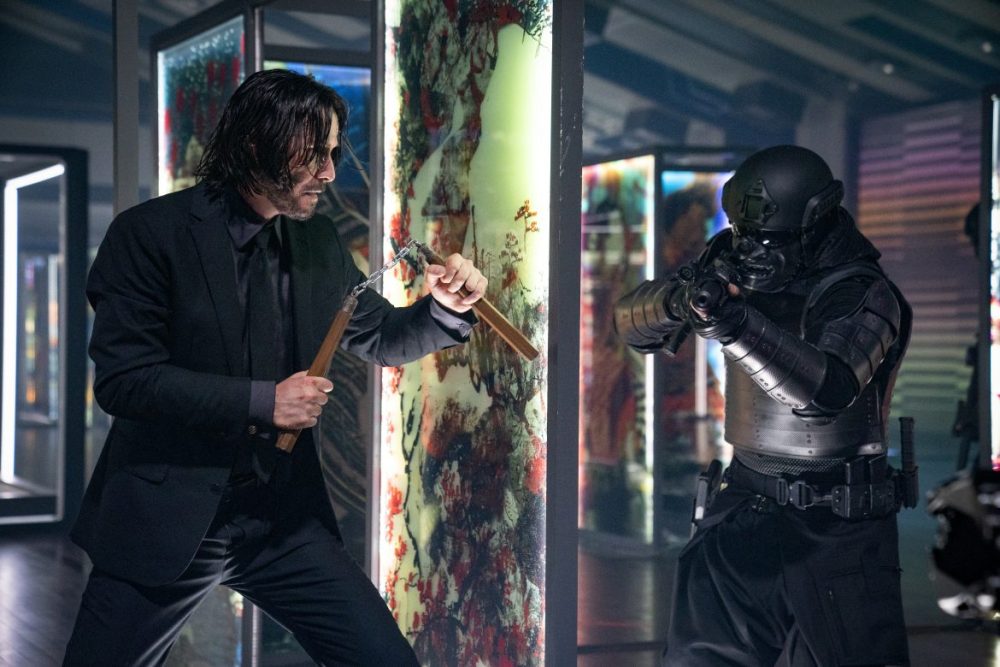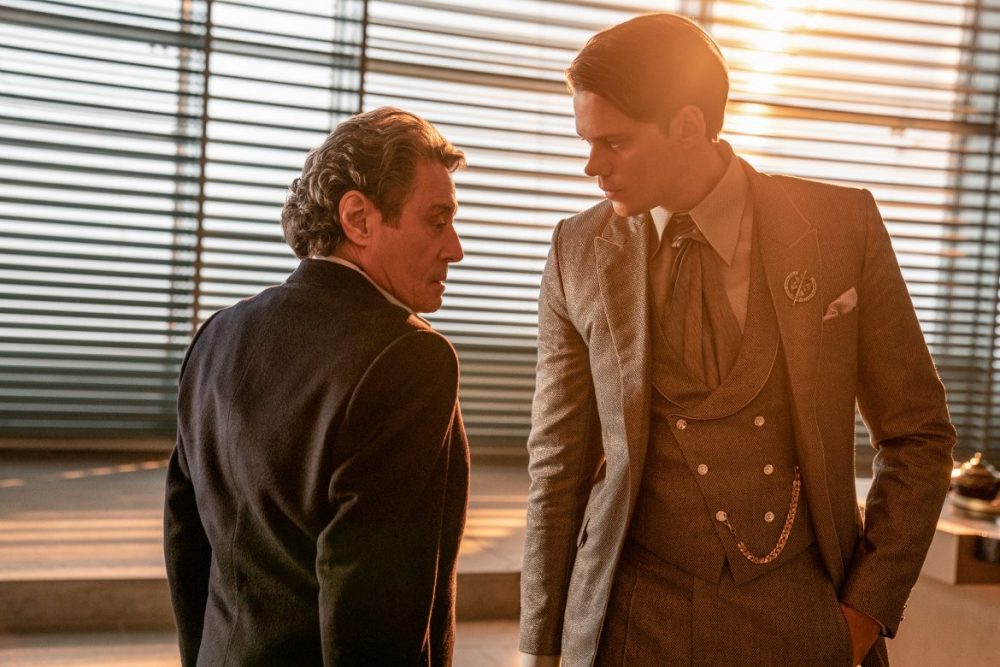TL;DR
John Wick's fight for freedom from The High Table escalates in Chapter 4, pitting him against deadly assassins like the formidable Caine and the villainous Marquis. While the film boasts jaw-dropping action sequences, particularly a visually stunning Parisian showdown, and impressive stunt work, its nearly three-hour runtime and complete disregard for realism are significant drawbacks. Despite the thin script and lack of believable plot points, the consistent pacing and sheer spectacle keep things engaging. Discover if the unparalleled action makes up for the excessive length and abandoned realism in our full review!
John Wick (Keanu Reeves), having recovered from the events depicted in John Wick: Chapter 3 Parabellum, now focuses on extricating himself from his contractual obligations as a professional assassin under The High Table. The new leader, the Marquis (Bill Skarsgård), a formidable Frenchman, asserts that such freedom will not be granted. However, John discovers a perilous path to liberation, fraught with danger, as he becomes the target of the world’s most skilled killers. The escalating bounty on his head transforms an already challenging mission into an almost insurmountable one. Adding to the complexity, the Marquis holds a significant advantage: Caine (Donnie Yen), John Wick’s former comrade and one of the deadliest individuals alive, raising the stakes considerably.

As noted in my review of John Wick: Chapter 3 Parabellum, I discovered the John Wick series serendipitously and have since become an avid enthusiast. While I appreciated the third installment, I felt its 130-minute runtime was excessive, particularly given the script’s relative simplicity. Consequently, I had some reservations upon realizing that this film extends approximately thirty minutes beyond the length of its predecessor.
John Wick: Chapter 4 features some of the most exceptional action sequences I have ever witnessed. The climactic confrontation at the Arc de Triomphe in Paris is exceptionally well-executed and visually arresting. The special effects are top-tier, and the filmmakers’ decision to stage the scene at night cleverly minimizes the visibility of any potential imperfections.
Donnie Yen portrays Caine, a new character to the series: a blind, highly skilled assassin. The filmmakers have achieved a compelling dynamic between Caine and his former friend, John Wick. Bill Skarsgård’s portrayal of the villainous Marquis is also notably engaging; his enjoyment of the role is apparent.

Similar to its predecessor, the script remains relatively thin, and there is arguably no compelling justification for the film’s nearly three-hour duration. A reduction of approximately 40 minutes to an hour would have been beneficial. A trend seems to have emerged in contemporary filmmaking where ALL movies are excessively long, often without substantial narrative development. This issue was also present in Black Panther: Wakanda Forever. However, John Wick: Chapter 4 distinguishes itself as a superior film with a consistent level of activity throughout.
Despite some restlessness, I remained engaged throughout the film due to its consistent pacing and frequent action sequences. The John Wick series has never prioritized realism, although the initial film was comparatively grounded. In John Wick: Chapter 4, all pretense of realism has been abandoned, both literally and figuratively. The filmmakers attempt to rationalize John Wick’s resilience by attributing it to a bulletproof Kevlar suit. While this is acceptable within the context of film fantasy, the recurring image of him holding the jacket to his face to avoid being shot appears somewhat absurd. The force of the bullet’s impact would remain regardless, and a thin layer of Kevlar offers minimal protection. Further illustrating the filmmakers’ disregard for weapon mechanics is the depiction of helmeted soldiers who, after sustaining headshots, continue their assault, only to fall upon being struck by a thrown gun…
As previously mentioned, realism is largely absent from the John Wick films, exemplified by the fact that the world’s most wanted individual can seemingly travel how he pleases, when he pleases, and where he pleases without detection. This would be less problematic if the dialogue didn’t frequently include lines such as: “How are we going to find John Wick?!” The answer is conspicuously simple: “He’s at the airport at gate 3, awaiting a flight to New York, followed by connections to Berlin and then Paris.” Locating him presents no significant challenge. Furthermore, the conspicuous absence of law enforcement in any country, despite the open gunfire and mayhem, further deviates from any semblance of realism.

I am not advocating for a realistic John Wick film; however, when ALL realism is abandoned, the narrative loses some of its potential impact. He essentially becomes an invulnerable superhero without any discernible weaknesses, which ultimately diminishes the viewing experience. In one particular scene, he removes his jacket, and the sound of spent casings (or what sounds like casings) can be heard hitting the ground. Yet, his shirt underneath remains immaculate, without even a bruise or any sign of perspiration. By contrast, in Die Hard, despite its own unrealistic elements, the audience connects with McClane precisely because of his vulnerability, making the extraordinary events more believable.
In conclusion, I found much to appreciate in John Wick: Chapter 4, including a lengthy and masterfully executed sequence set in an abandoned building. The special effects are superb, and the stunt work is arguably the finest I have ever encountered. However, the film’s excessive length and the complete absence of realism ultimately detracted from my personal investment in John Wick: Chapter 4.
Nordisk film arranged a preview for this test and has no editorial influence on our tests, but we always write independently with you readers and consumers in focus.
